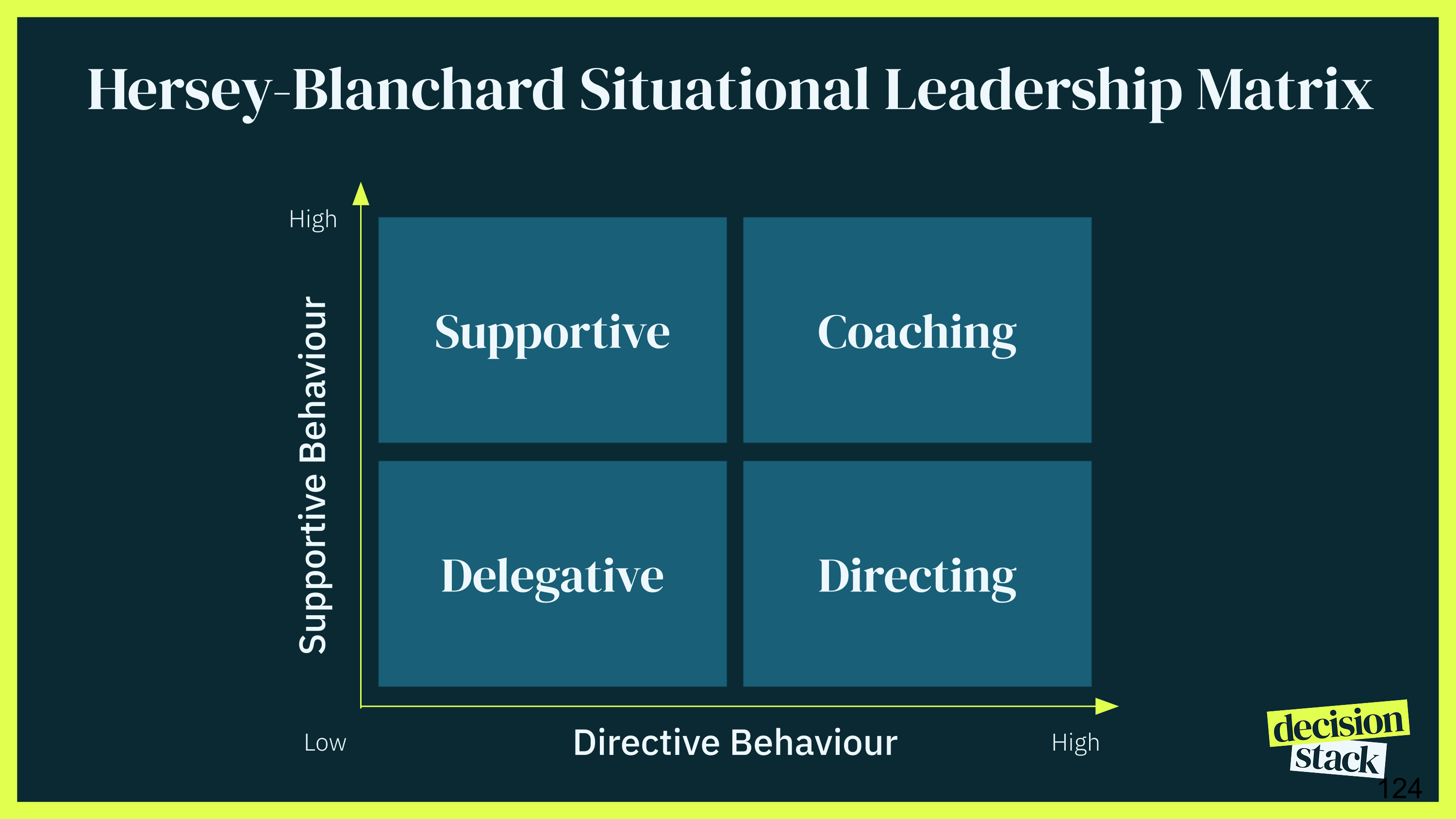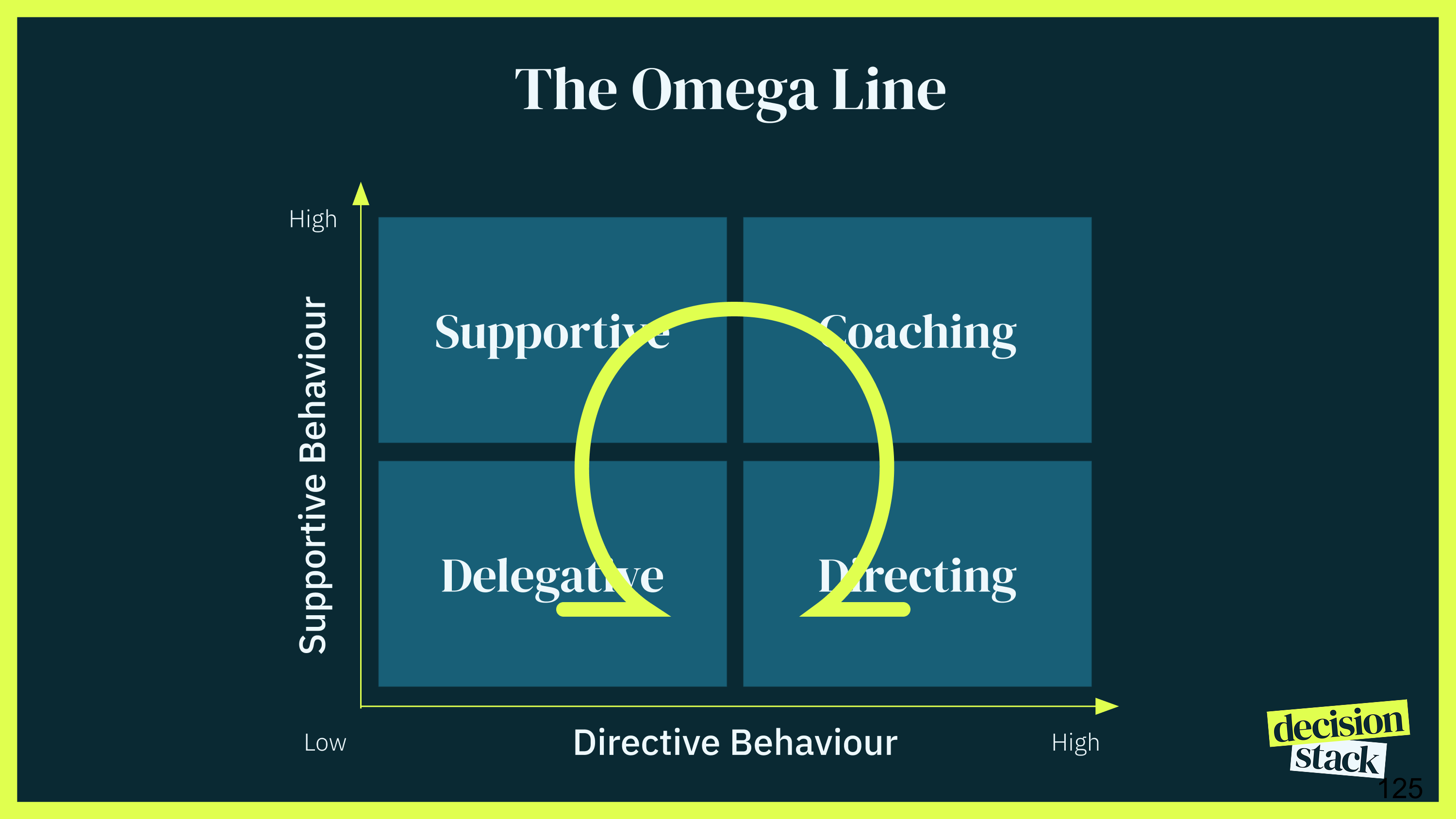We all know empowered teams work best. Whether it’s Empowered, Escaping the Build Trap, my own Product Leadership, or the latest podcast episode looking inside that famous product org we all admire the refrain is the same - empowered teams are closer to the customer, move faster, build better, and have more fun doing it.
So why does everything fall apart when we empower our teams?
The teams flounder. Decisions don't get made. Or worse, they make decisions that miss the mark entirely. The leadership team gets frustrated - "we gave them autonomy, why aren't they using it?" - and eventually swoops back in to "fix things," confirming everyone's suspicion that the whole empowerment thing was performative nonsense.
The problem isn't empowerment. The problem is thinking you can just flip a switch and go from directive management to delegated autonomy overnight.
I Learned This the Hard Way
When I joined Cazoo as Interim CPO, I was the sixth person in the building. We were building something novel - selling used cars online - but the core fundamentals were e-commerce. Which is not rocket science.
We didn't need discovery and empowered teams to figure out we needed a search page, a product page, and a checkout flow. These were known patterns with established best practices. So being directive was natural. And frankly, it was appropriate for the context.
But I could have done a better job explaining this to the team, who were frustrated with the low level of empowerment initially. They'd come from companies that preached autonomy, and here I was telling them exactly what to build and largely how to build it.
Here's the paradox, though: as I was leaving and we were moving from building the basics to actually innovating on the car-buying experience, the teams struggled to embrace the empowerment we were giving them. We'd try to hand them strategic problems to solve, and they'd wait for direction. We'd ask them to identify customer problems, and they'd ask us what we wanted them to work on.
Looking back, I can see exactly what happened: we didn't follow the path from directive to empowered. We just tried to flip the switch.
The Conversation that Clicked it into Place
I was reminded of all this recently in a conversation with Boris Bolz - a fascinating human who's been both a top manager at Red Bull, Disney, and RTL and a Zen monk (yes, really). We were talking about why so many leaders struggle with empowerment when he reintroduced me to something that made it all click: the Hersey-Blanchard Situational Leadership Model Matrix.
If you're not familiar with it, here's the simple version: leadership style sits on a two-by-two matrix with two axes - Directive behaviour (high to low) and Supportive behaviour (low to high). This creates four quadrants:

- Directing (High Directive, Low Supportive): You're telling people what to do and how to do it
- Coaching (High Directive, High Supportive): You're still involved in the how, but you're explaining the why and soliciting input
- Supporting (Low Directive, High Supportive): The team decides the how, you're there to support and enable
- Delegating (Low Directive, Low Supportive): The team owns it - you're hands off
The model itself isn't revolutionary - it's been around since the late 1960s. But here's what Boris pointed out that crystallised everything about my Cazoo experience: you can't move directly from Directing to Delegating. You have to follow what Boris called the "Omega line" - moving through all four quadrants in a very deliberate order.

The Omega line works both ways. If you've been delegating to a team and something changes - new domain, new team members, new level of complexity - you can't just jump back to Directing. You have to move back through the quadrants.
The Path to Empowerment
At Cazoo, we should have made this transition explicit. As we moved from building known e-commerce patterns to solving novel problems in the car-buying experience, we needed to move through each stage:
Directing → Coaching: We were always going to be highly directive on the early product decisions, but we should have been bringing the team along. Explaining why we were prioritising search over recommendations. Why the checkout flow needed to work a certain way. Asking for their input on implementation details and edge cases. Teaching them how to think about trade-offs between speed and quality, customer impact and technical debt, strategic alignment and tactical wins.
Coaching → Supporting: As the team built context, and the basic flows were in place, we should have gradually shifted more decisions to the team. They come to us with options, with their thinking laid out. We ask questions, challenge assumptions, but increasingly let them drive. "What do you think we should do about the trade-in flow?" "How would you approach personalisation?" We create the safety net that lets them build confidence, making progressively bigger calls.
Supporting → Delegating: Only after coaching them on how to think strategically, after supporting them as they made progressively bigger decisions, could we truly delegate. Hand them a customer problem - "retention is dropping, figure out why and fix it" - and trust them to own the solution. They'd have the context, the capability, and the confidence to own the outcomes.
We tried to jump from Directing straight to Delegating. No wonder it didn't work.
Context is the Other Half of the Equation
But here's what I've realised since: following the Omega line is necessary but not sufficient. You also need to provide strategic context.
This is where the Decision Stack becomes critical. You can coach teams all you want, but if they don't have clarity on the vision, strategy, and priorities that should inform their decisions, empowerment becomes chaos. Teams make locally optimal decisions that don't ladder up to anything coherent.
The Decision Stack provides that connective tissue - from vision down through strategy, principles, objectives, and opportunities to the daily decisions teams make. As you move from Directing to Delegating, you're essentially moving decision-making down the stack. But those decisions are only good if teams understand what sits above them.
At Cazoo, we had a clear vision and a strategy that was all about growth. But we hadn't done the work to ensure that the context was clear to everyone. So when we tried to empower teams, they didn't have the framework to make good decisions. What trade-offs aligned with our strategy? What principles should guide their choices? What were we optimising for?
The Two Ingredients for Empowerment
So empowerment requires two things working in concert:
The "how" - following the Omega line: You can't skip steps. You have to coach teams through the transition from directive to empowered, building their capability and confidence along the way.
The "why" - providing strategic context: Teams need to understand the Decision Stack - the vision, strategy, principles, and objectives that should inform their decisions. Without this context, autonomy is just teams thrashing around, making disconnected bets.
Most leaders focus on one or the other. They either provide great strategic context but remain directive in execution. Or they delegate decision-making but haven't provided the context teams need to make good calls.
You need both.
When Directive is Actually Ok
And look, sometimes directive leadership is exactly what you need. New product line in a known space? Do clear best practices exist? Your team is new to the domain? Directive isn't a dirty word - it's appropriate leadership for the situation.
The early days at Cazoo were a perfect example. We needed to move fast, the patterns were known, and being directive let us build momentum. The mistake wasn't starting there - it was not being explicit about it, and not planning the transition as the context changed.
Different teams will be at different points on this journey, too. Some of your teams might be ready for delegation while others need coaching. That's fine. That's reality. Your job as a leader isn't to have everyone at the same level - it's to meet each team where they are and help them progress.
The Bottom Line
If you want empowered teams - and you should, because they're the only way to scale high velocity and high quality decision-making in a complex organisation - you can't just announce it and hope for the best.
You have to coach your teams to that empowerment. You have to invest the time moving through the quadrants. And you have to provide the strategic context that makes those decisions meaningful.
So before you declare your teams "empowered," ask yourself: have you done the work to get them there? Have you provided the context they need to make good decisions? Or are you just flipping a switch and wondering why nothing's working?


